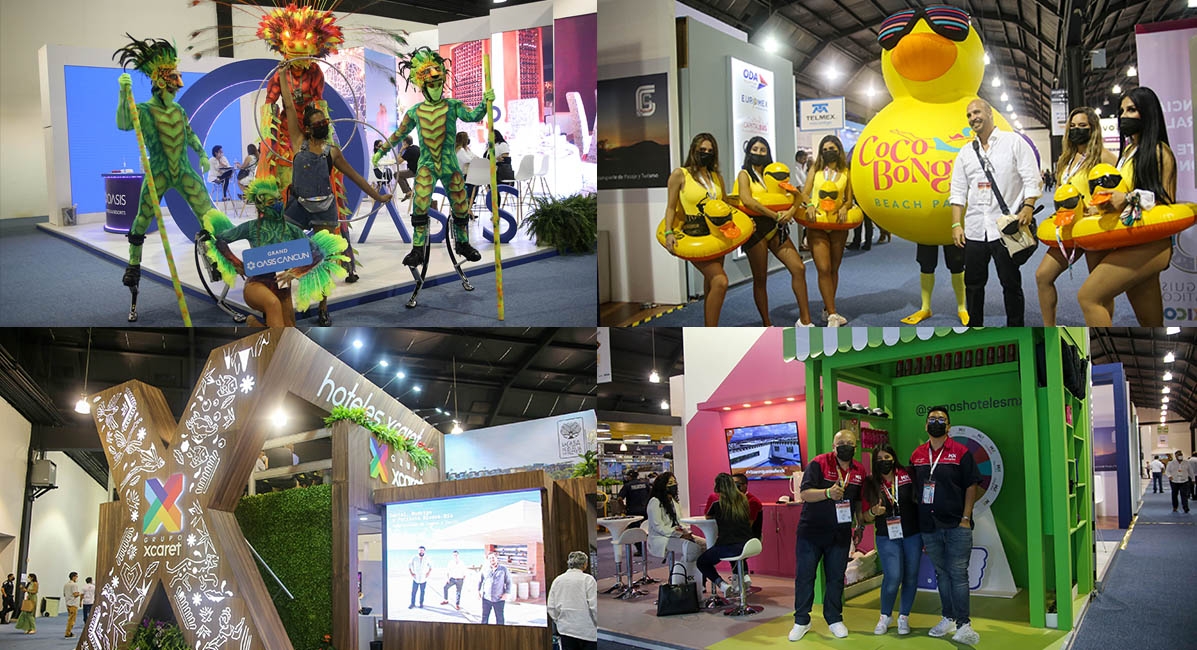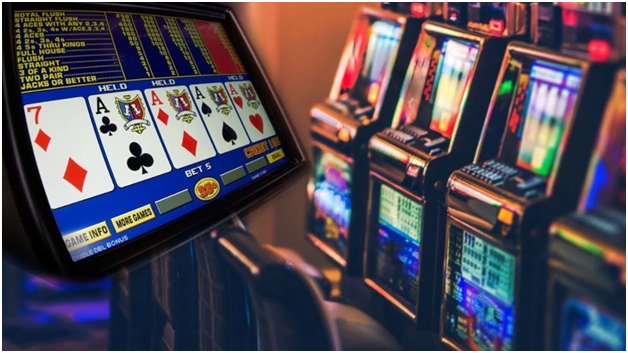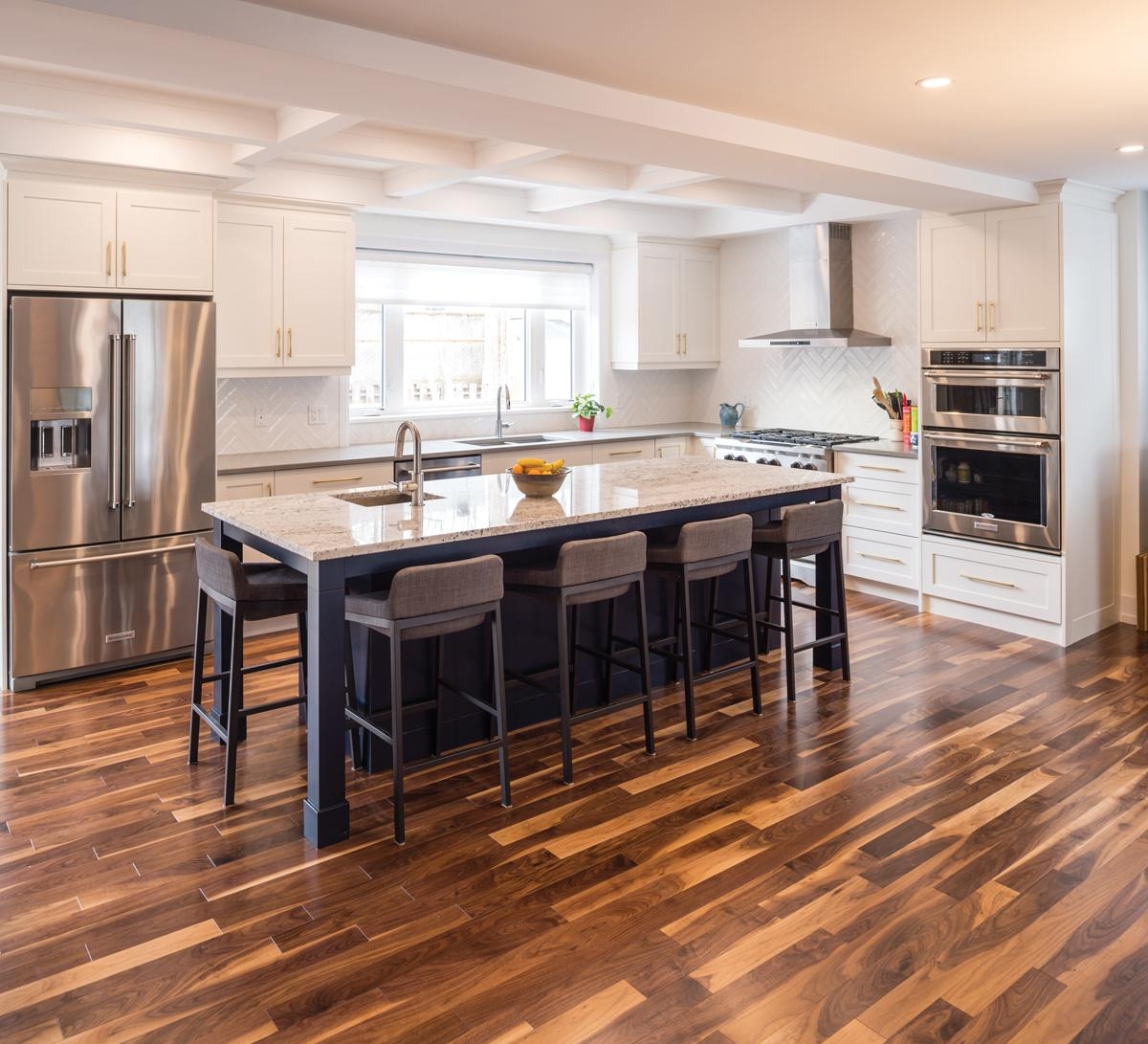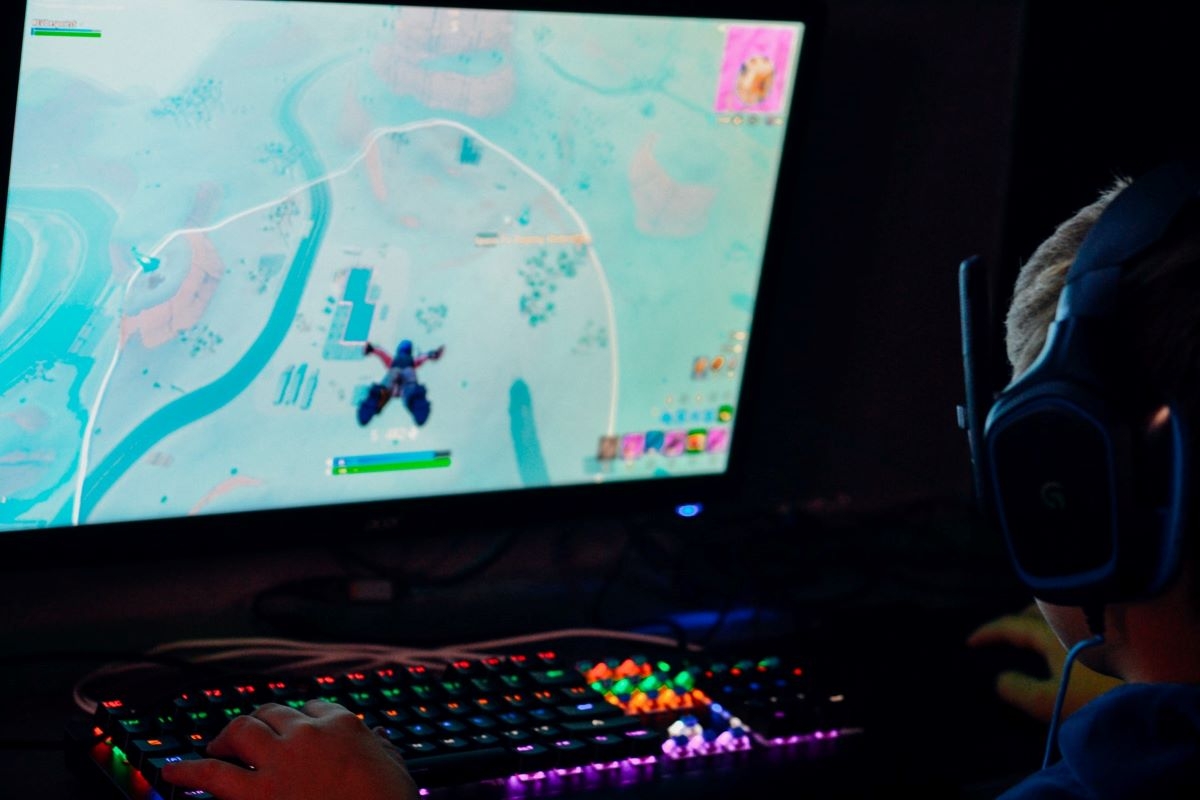
A Guide to Preparing for a Trade Show
Trade shows can bring companies and industry members together, and they remain a very important part of marketing. Some businesses feel like trade shows are outdated, but in reality, they tend to be an effective marketing strategy for buyers and sellers. When you participate in trade shows, you’re spending time with top companies in your industry, and you’re also getting the opportunity to not only showcase your company, but you can see how others are innovating.
A trade show is an exhibition allowing everyone within an industry to show off the newest as far as their products and services.
While trade shows remain advantageous, it’s substantial work to prepare for them. From designing your booth to getting good branded merchandise ideas, a lot goes into it.
The following is a modern guide to preparing for a trade show.
An Overview of Trade Shows
Trade associations in almost every imaginable industry sponsor trade shows. They’re a way to create excitement and buzz and bring key industry players together for learning and collaboration, to see what’s trending and new, and to get new customers.
These events usually aren’t open to the public, and the people who can attend are invited professionals in the particular industry, company reps, and members of the press.
When someone’s an attendee of a trade show, they’re getting access to industry insights, new features and technology, and special pricing. When someone exhibits at a trade show, they can build relationships, be in touch with the press, build brand awareness, gain leads and potentially close some deals.
Most trade shows will follow an event program that includes workshops and breakout sessions, presentations by speakers, targeted exhibition events, press and media opportunities, and networking events. Trade shows will also often include award ceremonies.
The exhibition floor is where everyone gathers and where the booths are displayed.
The Value of Trade Shows
Trades shows can be considered part of the marketing funnel. Even though the digital age has been progressing and advancing, trade shows still represent a unique part of the funnel.
There’s no amount of social media, webinars, or video conferencing that can replace the value of being in the physical presence of people. This can be especially true when you want to demonstrate new services or products in action.
Particular benefits of trade shows include:
- You can get your name out to the public. Key players will also have the opportunity to learn more about your product or service, and you can share your company vision. All of this is going to build brand awareness. While you’re at a trade show, you can also engage with potential new customers and your current customers. You’re expanding your reach overall when you attend a trade show and also keeping your brand top-of-mind for people that might already be familiar with it.
- On the trade show floor, you can get targeted leads. You can sell in an effective in-person way. Selling is much easier when you’re doing it face-to-face, and you’re more likely to close your leads when you’re in person. You’re also building a deeper relationship with everyone you talk to, so they’re more likely to keep doing business with you even when the event is over.
- You can not just showcase your brand but also use trade shows as a chance to learn. You want to be an innovator, and trade shows help you take a pulse on what’s going on in your industry. You’re learning from some of the best in your industry, and you can also learn from your competitors at trade shows.
- Networking is a core objective of every trade show, so make sure you’re taking full advantage. The evening events are a good place for networking if you’re going to be on the exhibition floor during the day. You can also reach out to people you want to make sure you connect with before the event on social media.
Designing Your Booth
If you’re going to be an exhibitor at a trade show, you want to make sure your event is well-designed and impactful. Some of the things to keep in mind for booth design include:
- If you can make your booth interactive, that’s always ideal. Having an interactive booth might mean that people watch videos on a screen, or there could be a chance to win prizes. You can use touch screen technology or feature an interactive product or service demos.
- Put your key messaging higher than waist-height. You should also aim to keep it big and short. You want your key messages to be placed higher than three to four feet off the ground. Reinforce your brand by making sure your logo is visible in several areas. Your headlines should be impactful and printed in an easily readable, large font.
- Make sure that your booth design doesn’t feel cluttered. You want to make sure it’s got a clean overall aesthetic, which will make it feel more inviting. If you overcrowd it, people might feel comfortable speaking with your company reps. A good rule of thumb for booth design is to have them with around 40% empty space. That makes sure that not only your booth is inviting but also that you aren’t burying your most important message.
- Your images need to be properly formatted and in the right resolution. You need high-res images. Otherwise, you’re going to find your printed materials look blurry, stretched, or pixelated.
- Keep graphical real estate in mind. That means certain parts of your booth take on more visual importance than others. The back wall should be your focal point if your booth is small or mid-sized. If you have a larger booth, you might have multiple focal points. Some bigger booths will include two back walls that are featured. These are central to your graphical real estate and should have the most critical messaging you hope to convey.
- The psychology of color is somewhat complex, but people are drawn to different colors for varying reasons, so keep this in mind. You want to think about your branding but also the emotions you want to evoke when people see your booth. For example, cool colors can look professional, but they don’t get as much attention as warmer colors like red and orange. The warm colors grab attention quickly, but they can be overwhelming and create negative emotions.
- Consider the 6-30-10 rule for your colors. You can choose a primary color that should take up around 60% of your space. That color will bring together and unify your other design elements. Your secondary color can create contrast and create interest. The secondary color should take up around 30% of your space. Then, an accent color can make up 10% of your design.
Getting People to Remember You
If you spend time and money preparing for and attending a trade show, you want to make sure you’re getting attention while you’re there and also that you’re going to leave a lasting impression.
One way to prepare for success is to start well before the event. You want to connect with people so that you’re included on their list of vendors they want to meet. In order to do this, weeks before the event, you might be making personal phone calls, sending out mailings, or sending emails. You want to be targeted in your efforts.
You can also use social media. Connect with people and let them know you’ll be there. You can use social media posts to tell people where your booth will be located.
You can reach out to bloggers, influencers, and trade publications before the event too. Let them know if you’re going to be launching something new or beginning a new campaign.
When you’re at the actual event, you want to create movement in your booth. People are always drawn to movement and activity. Movement can be among people, but it can also be as simple as having a video playing on the loop highlighting your product or service.
Invest in the best display you can possibly afford. At trade shows, a new customer can be worth thousands or even tens of thousands of dollars, so don’t go cheap on your booth. You want to make a statement and make sure that it’s one that lasts in the mind of your customers.
Another way to be memorable is to set up a photo booth that’s branded with your company. People love photobooths, and they’re easy and inexpensive to create. You can have people use hashtags with the event and your brand so that you’re getting organic social media visibility. You’ll attract people to your booth too, and everyone will have a fun memory to take away with them.
Finally, give people something they can take home with them. You can create a swag bag with branded merchandise. This is going to show appreciation to people who stop by your booth; plus, who doesn’t like free stuff? They’re also going to keep you at the top of their mind even after the event is over, whenever they’re using what you gave them.








